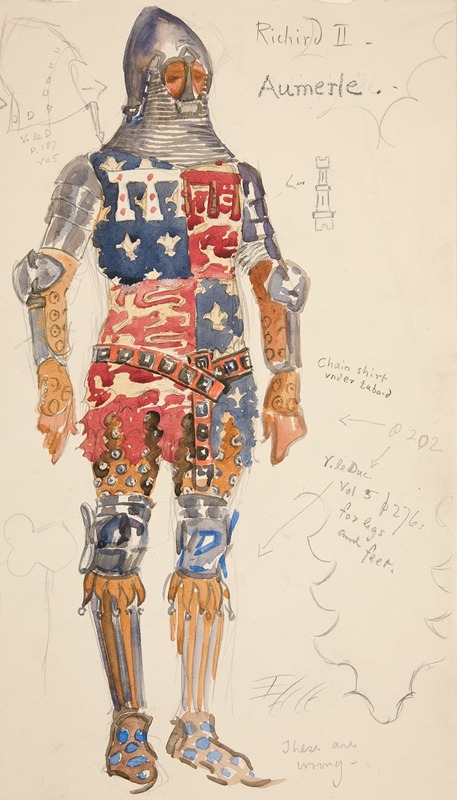
Aumerle , costume sketch for Henry Irving’s 1898 Planned Production of Richard II
A hand-painted replica of Edwin Austin Abbey’s masterpiece Aumerle , costume sketch for Henry Irving’s 1898 Planned Production of Richard II, meticulously crafted by professional artists to capture the true essence of the original. Each piece is created with museum-quality canvas and rare mineral pigments, carefully painted by experienced artists with delicate brushstrokes and rich, layered colors to perfectly recreate the texture of the original artwork. Unlike machine-printed reproductions, this hand-painted version brings the painting to life, infused with the artist’s emotions and skill in every stroke. Whether for personal collection or home decoration, it instantly elevates the artistic atmosphere of any space.
"Aumerle, costume sketch for Henry Irving’s 1898 Planned Production of Richard II" is a notable artwork created by the American artist Edwin Austin Abbey. Abbey, renowned for his illustrations and paintings, was commissioned to design costumes for a planned production of William Shakespeare's historical play "Richard II," which was to be staged by the famous English actor-manager Sir Henry Irving. Although the production never came to fruition, Abbey's sketches remain significant as they reflect the artistic and theatrical sensibilities of the late 19th century.
Edwin Austin Abbey (1852–1911) was an accomplished illustrator and painter, known for his detailed and historically informed works. He was particularly celebrated for his illustrations of Shakespearean subjects, which were widely published and admired. Abbey's involvement in the planned production of "Richard II" was part of a broader trend during the Victorian era, where there was a renewed interest in Shakespeare's works, often with an emphasis on historical accuracy in staging and costuming.
The character of Aumerle, also known as the Duke of Aumerle, is a significant figure in "Richard II." He is a cousin to King Richard II and plays a pivotal role in the political intrigues that unfold throughout the play. Abbey's costume sketch for Aumerle would have been designed to reflect the character's noble status and the historical period of the late 14th century, during which the play is set.
Abbey's sketches for the production are characterized by their meticulous attention to detail and historical authenticity. He conducted thorough research into the clothing and armor of the period to ensure that the costumes would accurately represent the era. This dedication to historical detail was in line with the theatrical practices of the time, particularly those of Henry Irving, who was known for his elaborate and historically informed productions.
Although the production of "Richard II" by Henry Irving was ultimately never realized, Abbey's costume sketches provide valuable insight into the artistic and theatrical culture of the time. They also highlight the collaborative nature of theater, where artists, designers, and actors work together to bring a play to life. Abbey's work on this project exemplifies the intersection of visual art and theater, showcasing how artists contributed to the overall aesthetic and historical authenticity of stage productions.
Today, Edwin Austin Abbey's sketches, including the one for Aumerle, are appreciated not only for their artistic merit but also for their contribution to the understanding of theatrical history. They are preserved in collections and continue to be studied by historians and art enthusiasts interested in the intersection of art, theater, and history during the Victorian era.





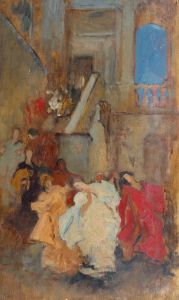

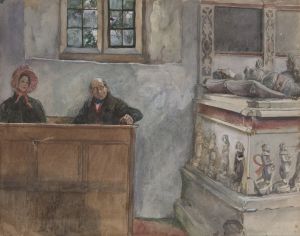
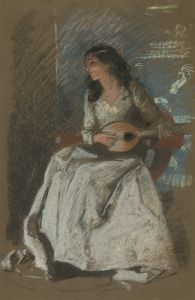
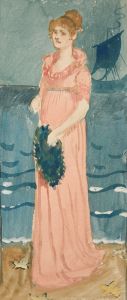
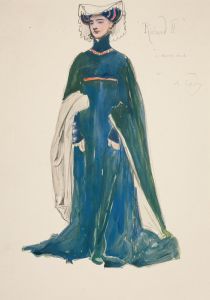
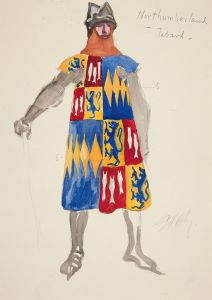
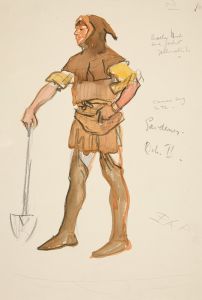
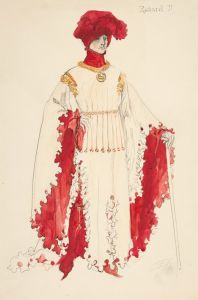
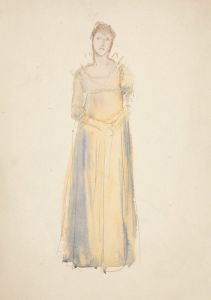
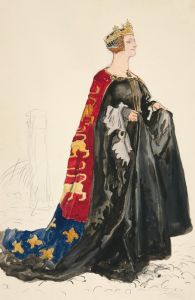
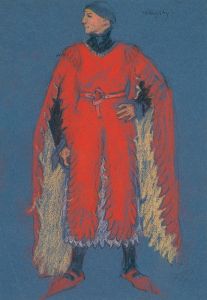
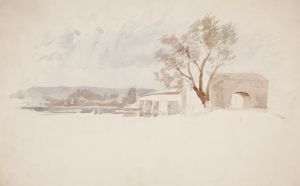
![Designs for the Puck Theater , New York, NY.] [Exterior perspective study](/imgs/249327/s/winold-reiss-designs-for-the-puck-theater-new-york-ny-exterior-perspective-study-df16fd5a.jpg)